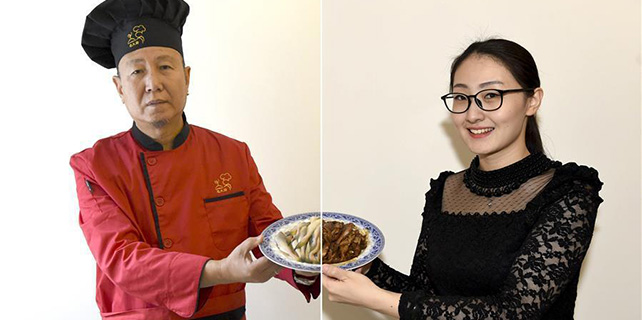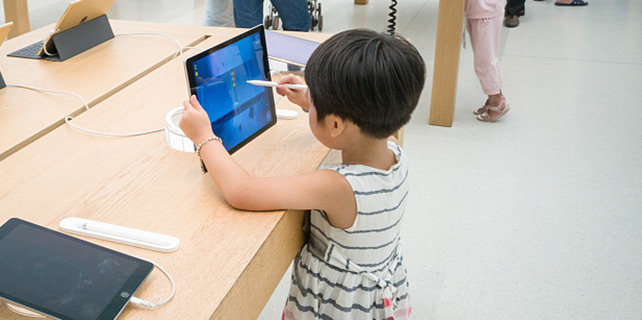Immersive Chinese learning thriving in L.A.
The 135-year-old Castelar Elementary School in downtown Los Angeles never ceases in its efforts for academic diversification.
It's Mandarin-language immersion program has been in full swing for six years for grades K-5, reflecting a trend that US students of the Chinese language are becoming younger.
"The youngest students I have are the 5-year-olds, the ones in preschool. The younger they are, the faster they learn," teacher Wendy Yang told Xinhua.
Principal Wing Fong said that "when you learn at a very young age, you do not have that accent that older people have when they tend to learn the language".
Program Director Magaly Lavadenz said that "it starts in kindergarten. And also we are seeing a sprinkling of preschool programs that are offering Mandarin."
In Castelar, there are seven teachers of Chinese, attracting 300 to 350 pupils, or half the school's enrollment.
The teachers in the Mandarin kindergaten class do not speak a word of English so that pupils can be immersed in the language.
Children get to recite Chinese ancient poems, pronounce Chinese food terms, start a speech by quoting Chinese idioms and even dance to the melody of Chinese pop songs.
"I like learning Chinese, for it is interesting. You can speak in Chinese, and you can talk with Chinese people in their mother tongue," pupil Alice told Xinhua.
Yang was asked why Americans are learning Mandarin at such a young age.
"For it helps you find jobs (in the future) and even develop careers in China. Speaking in Chinese can bring you more employment opportunities. China is now so strong that more exchanges are on offer," explained Yang.
During its summer break, Castelar, the second-oldest school in the Los Angeles Unified School District, is partnering with Loyola Marymount University (LMU) to offer a two-week StarTalk Camp for immersive Mandarin learning.
The program offers linguistic training through literature, arts and sports for 120 first- through fourth-graders in the region. The focus is on rediscovering the Silk Road, which was an ancient international trade route among China and European and African countries.
"So the students from different grade levels study different cities (on the route). The three major cities that we study would be Turpan, Dunhuang and Xi'an," Program Leader Krystin Wong told Xinhua.
At the camp, students study clothing, weather, trading, merchandise and poems, as well as learn how to greet people and introduce themselves.
"We tell them about the cultural differences. Chinese people think that eating is an important thing, so either day or night they greet each other with such a sentence, 'Have you had your meal?'
According to a report released by the American Councils for International Education in June, the number of American students of Chinese has experienced "explosive growth".
After Spanish, French and German, Mandarin has become the fourth most-popular foreign language pursued by US students at elementary and high schools.
Castelar Assistant Principal Salvador Sandoval's daughter is a case in point.
"She (my daughter) started learning Mandarin in kindergarten. We thought it would be a unique opportunity for her to learn Chinese," Sandoval told Xinhua.
Amanda Zhang contributed to this story from Xinhua.
















